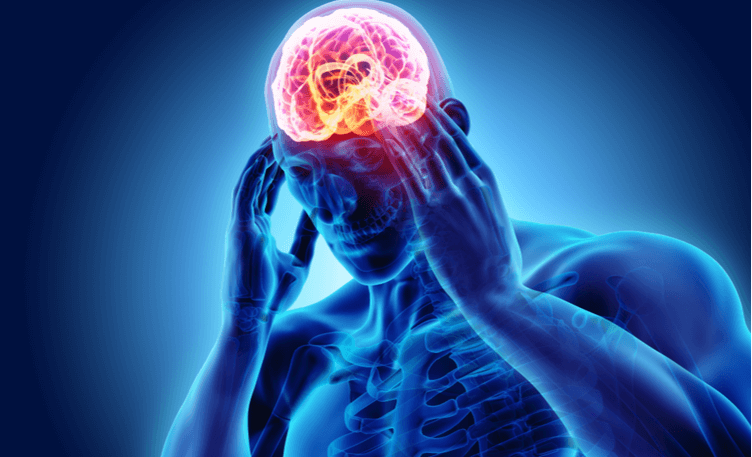
How Migraines Impact Productivity
Migraines are severe disabling headaches that occur due to changes or problems in the thalamic system – the system that receives and sends sensory signals. In the case of women, migraines also stem from hormonal changes. Which is why women are three times more likely to be affected than men. Although a large majority of migraine sufferers go undiagnosed and undertreated, migraine headaches have been classified as one of the top ten causes of disability among all neurological disorders.
Migraines can be genetic, with more than one family member displaying symptoms of the disease. A migraine headache can last anywhere between 4 to 72 hours, and can be identified as one of the following types:
- A common migraine, or a severe, throbbing headache.
- A migraine with aura, where a headache is accompanied by visual disturbance and sensitivity to sound and light.
- Status migrainosus, or an intractable migraine, where the headache lasts for over 72 hours. This may be accompanied by dizziness, nausea or vomiting, and dehydration that may require medical attention at the hospital.
Factors that impact workplace productivity
Although the occurrence of migraine headaches is common in children approaching puberty, in youth, and in older adults, the illness generally peaks between the ages of 25 and 55. This forms a majority of the employed or self-employed workforce. Therefore, symptoms of a migraine, such as a severe, throbbing pain on one or on both sides of the head, nausea due to bright light-sensitivity, or general irritability due to a combination of all of these factors, can prove to have a negative impact on workplace productivity.
Following is a list of common migraine triggers at the office:
- Stress and anxiety
- Bright lights
- Bright screens on devices such as monitors, laptops, or mobile phones
- Long hours at the desk or workplace
- Lack of proper nutrition and sleep
Exposure to indoor environmental workplace parameters such as inadequate ventilation, or indoor air temperatures that are too low or too high can also act as triggers.
Despite being present at the workplace, an employee suffering from a migraine may experience a lack of concentration, fatigue, tinnitus (ringing or buzzing in one or both ears), anxiety or depression, and an inability to work long hours, thereby impacting their productivity.
Migraine attacks can be episodic, where a person experiences 0 to 15 headaches a month, or chronic, with 15 or more days of headaches a month.
Prevention is better than cure
Migraines can be effectively treated with the help of the right medication. Consult your doctor on the best course of action. At the workplace, it is advisable to increase awareness of the illness and take the following precautions:
- Do not ignore or push through the pain. A migraine attack is real and has to be addressed by taking a break. Lie down in a quiet, dark place until the pain passes. Massage your scalp or forehead or place a damp cloth on it.
- Stay hydrated at all times.
- Do not skip a scheduled mealtime or avoid meals.
- Avoid long-term consumption of over-the-counter migraine drugs, which can lead to ‘rebound headaches’.
- Stay active. Exercise for a few hours over the week, or walk for a few minutes each day during your break. Meditation and Yoga also help manage migraine attacks.
Supplements like magnesium can help ease migraine auras, and in the case of women, it can help ease a migraine that is connected to menstruation or period pains. If you are prone to migraine headaches often, it is advisable to keep a ‘trigger’ diary, which you can use to note down odours, foods, or noises that cause you to experience a migraine attack. Keep in mind that when it comes to treating migraines, early medical intervention is crucial. Success rates for treatment are high when such treatment is started early.






